Cyprus Mediterranean Forests
The ecoregion’s land area is provided in units of 1,000 hectares. The conservation target is the Global Safety Net (GSN1) area for the given ecoregion. The protection level indicates the percentage of the GSN goal that is currently protected on a scale of 0-10. N/A means data is not available at this time.
Bioregion: Aegean Sea & East Mediterranean Mixed Forests (PA18)
Realm: Western Eurasia
Ecoregion Size (1000 ha):
929
Ecoregion ID:
790
Conservation Target:
30%
Protection Level:
6
States: Cyprus, Northern Cyprus
Basking in the shimmering turquoise waters of the Mediterranean Sea, Cyprus is an island of dramatic landscapes. Sweeping lowlands juxtapose immense mountain massifs, where lofty summits offer refuge to many rare and endangered trees. The forests are replete with endemic flora and fauna, including the greatly admired Cyprus mouflon. Emblematic yet elusive, these descendants of wild sheep are easily recognizable by their astounding sickle-shaped horns.
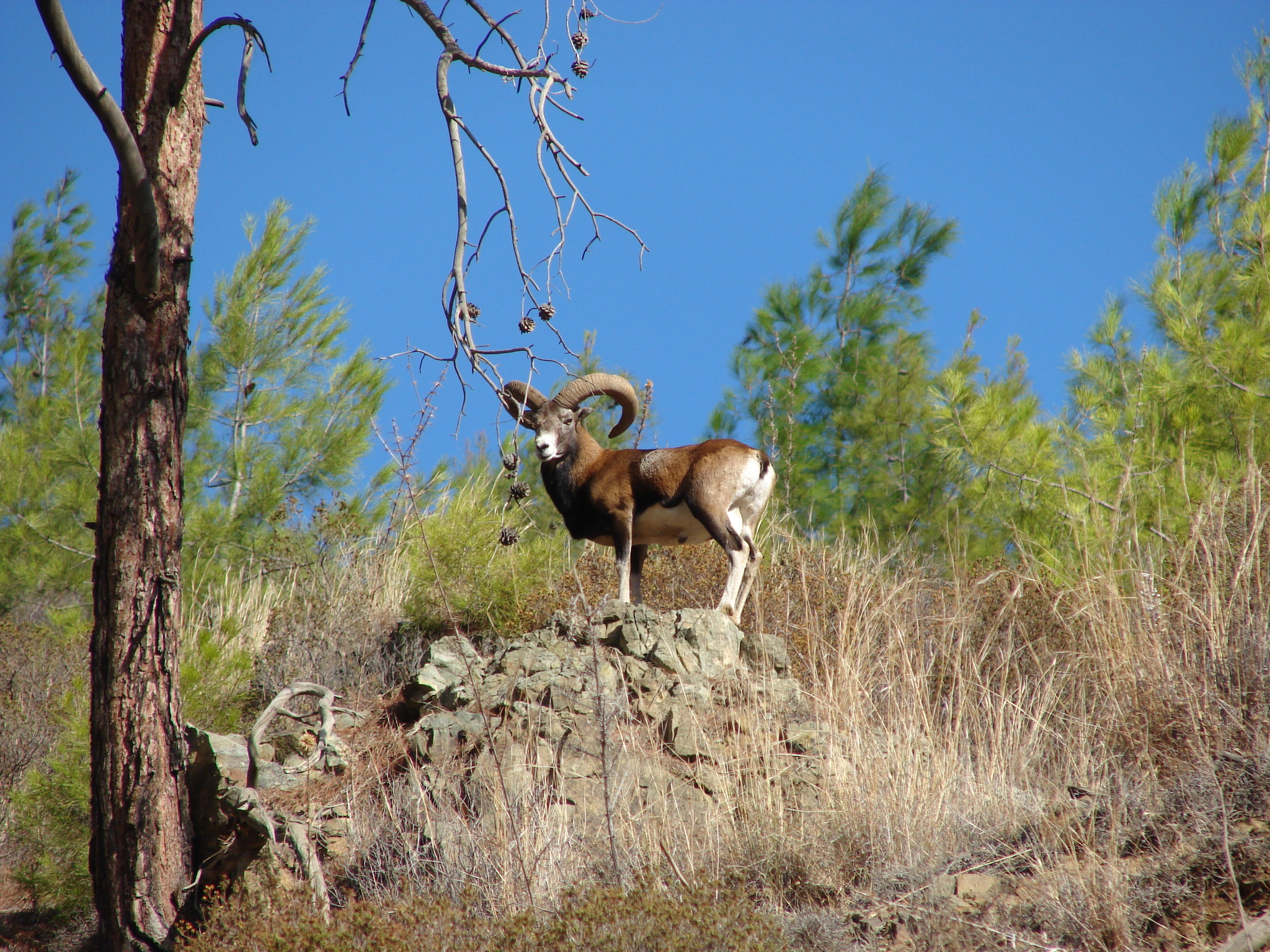
The flagship species of the Cyprus Mediterranean Forests ecoregion is the Cyprus mouflon. Image credit: Creative Commons
This ecoregion covers the entire area of the Republic of Cyprus, the third largest island in the Mediterranean. There is a Mediterranean subtropical climate, with warm and dry conditions in the central Mesaoria plain, whilst surrounding mountains are humid and cool. The Kyrenia range spans the Northern coastline, and the Troodos range lies in the Southwest; the latter is the larger of the two, accounting for half of the island’s area and hosting the magnificent Mount Olympos, the highest point at 1,952 m.
Vegetation of the dry lowlands is typified by open dwarf scrub called garigue, and maquis vegetation of European olive, carob, and Phoenician juniper, interspersed with tall Palestine and Aleppo oaks. The most extensive forests are those of Calabrian pine, which cover both mountain ranges from sea level to around 1, 400m. Mediterranean cypress occurs mainly on the Kyrenias, whilst the higher altitudes of the Troodos harbour Anatolian black pine, foetid juniper, and two endemic trees: Cyprus cedar and golden oak.
Many endemic flowers sprinkle mountainsides with color, including Cyprus tulip, Loch’s glory-of-the-snow, and Cyclamen cyprium, the national flower. Endemic fauna is also plentiful: Cyprus wheatear, Cyprus warbler, Cyprus scops owl, Cyprus spiny mouse, and Cypriot mouse are all unique to this island. Perhaps the best-known endemic species here is the majestic Cyprus mouflon, the largest wild land mammal of the region. Adept at navigating rocky cliff sides, they live mostly in the Paphos Forest on the northwestern slopes of the Troodos Mountains. Historically threatened by poaching, habitat loss, and livestock disease, the mouflon are now protected and number some 3,000 individuals.
The forests of Cyprus have long suffered from human exploitation. Historically, Cyprus was an important shipbuilding centre and exporter of timber. In the 19th century, the goat population here was greater than on any other island in the Mediterranean; overgrazing and burning of forest to produce fresh grassland caused large areas of mature woodland to degrade into the garigue and maquis shrubland found today.
Deciduous oak forests were cleared for crop terracing, leaving only small stands scattered amongst cropland. Cultivation now accounts for 45% of the island’s area, largely across the Mesaoria plain and coastal zones.i Protected areas are concentrated around the Troodos Mountains, including the Troodos Forest Park that shelters the woodland surrounding Mount Olympos. The large Dasos Pafou protected area covers the Paphos Forest, vital for the Cyprus mouflon and a designated Special Protection Area for birds.
%20-%20Wikpedia.jpg)
Cyprus warbler. Image credit: Creative Commons
Forest fires are the most prevalent threat to biodiversity, and mismanagement of pastures and grazing, alongside a prospering tourism industry, are considerably increasing their occurrence. An extensive afforestation program has often solely focused on planting Calabrian pine, even where land is unsuitable for the species, creating simple ecosystems that are vulnerable to fires.
Additionally, these forests are strongly affected by outbreaks of pine processionary caterpillar and bark beetles. Overexploitation of water sources, particularly for agriculture, is also a growing concern, particularly as precipitation is decreasing under climate change. Conservation efforts have included the preparation of specific management plans for each protected area, and the establishment of a monitoring system for habitats and species of concern.
The priority conservation actions for the next decade will be to: 1) encourage reforestation using diverse tree species appropriate for the specific locality; 2) ensure conservation efforts give special attention to endemic communities; and 3) invest in research regarding the socio-economic aspects of conservation, and incorporate this into policy decisions.
Citations
1. Ministry of Agriculture, Natural Resources And Environment. (2014). Fifth National Report to the United Nations Convention on Biological Diversity: Cyprus.
2. Ciesla, W.M., 2004. Forests and forest protection in Cyprus. The Forestry Chronicle, 80(1), pp.107-113.
3. WWF. 2018. Cyprus Mediterranean forests. [Online]. [Accessed 30th July 2019]. Available from: https://www.worldwildlife.org/ecoregions/pa1206
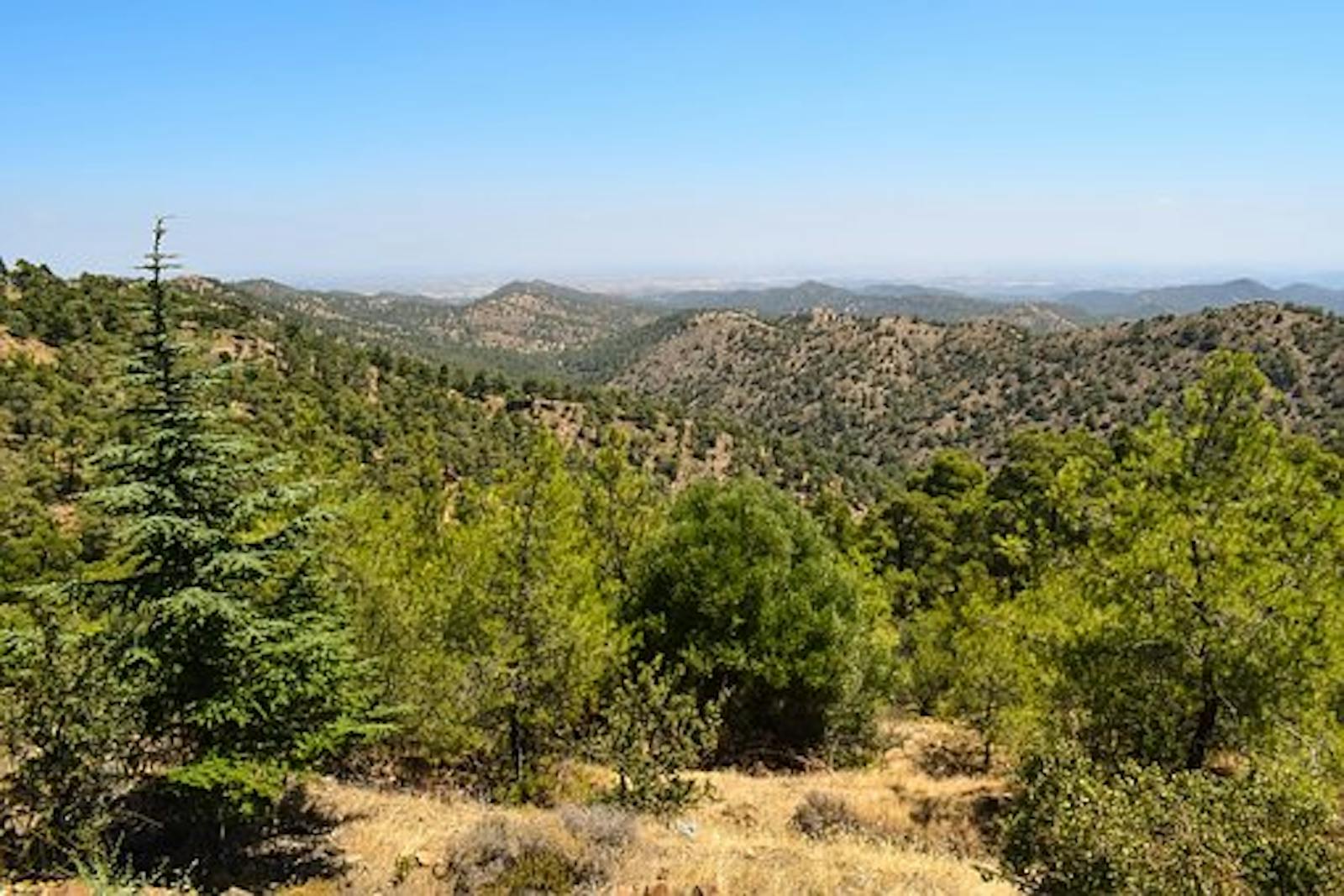
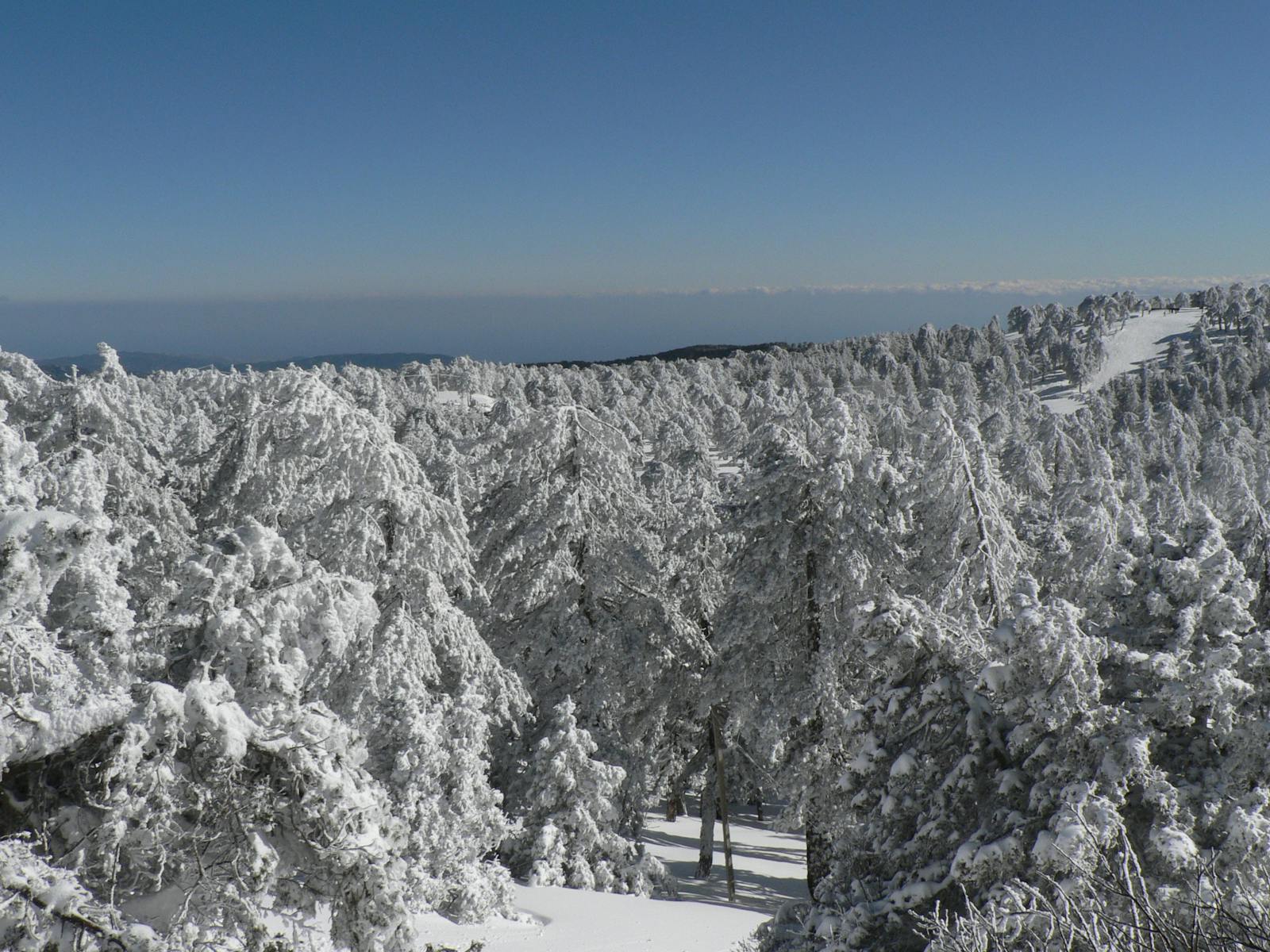
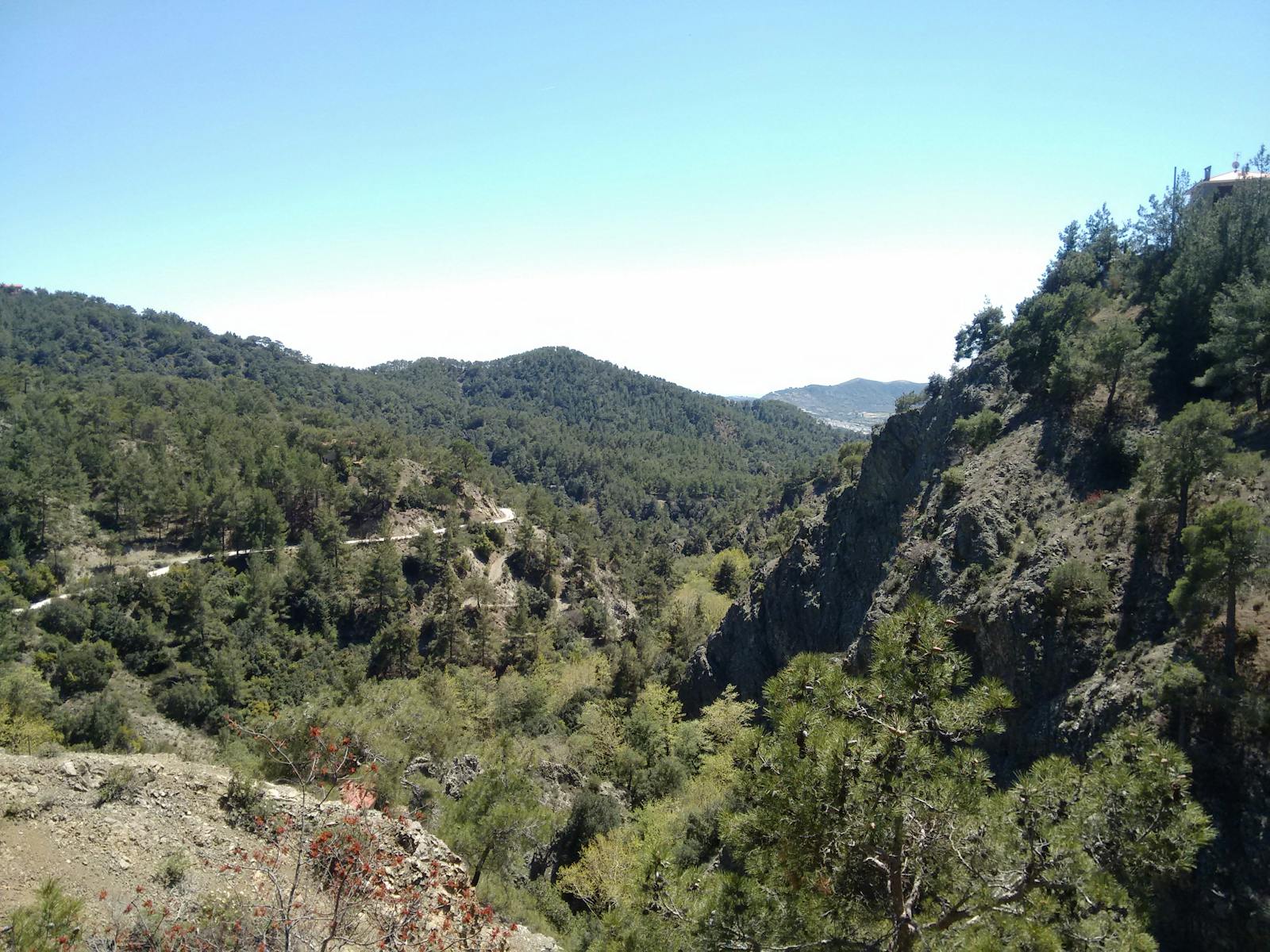
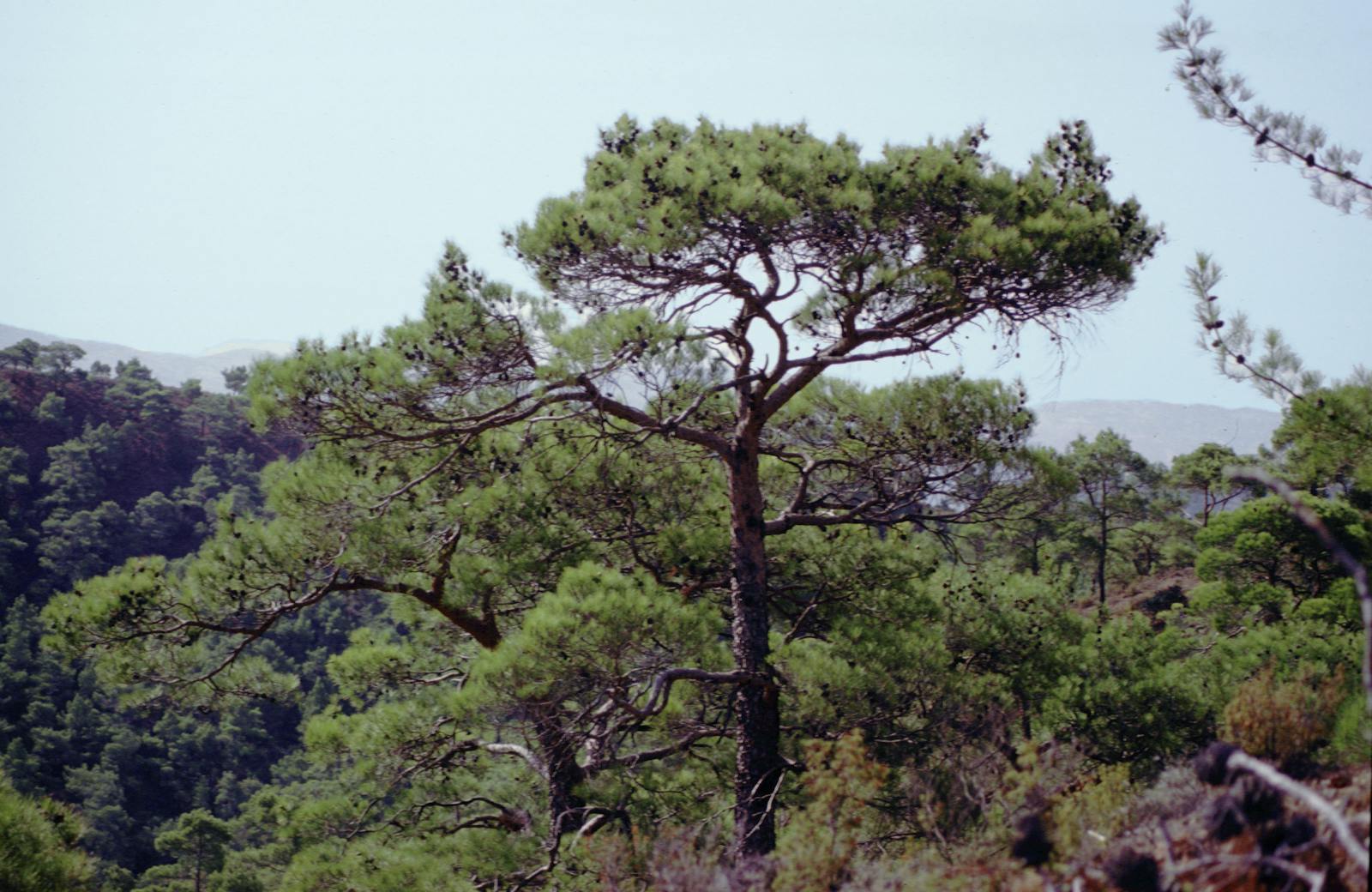
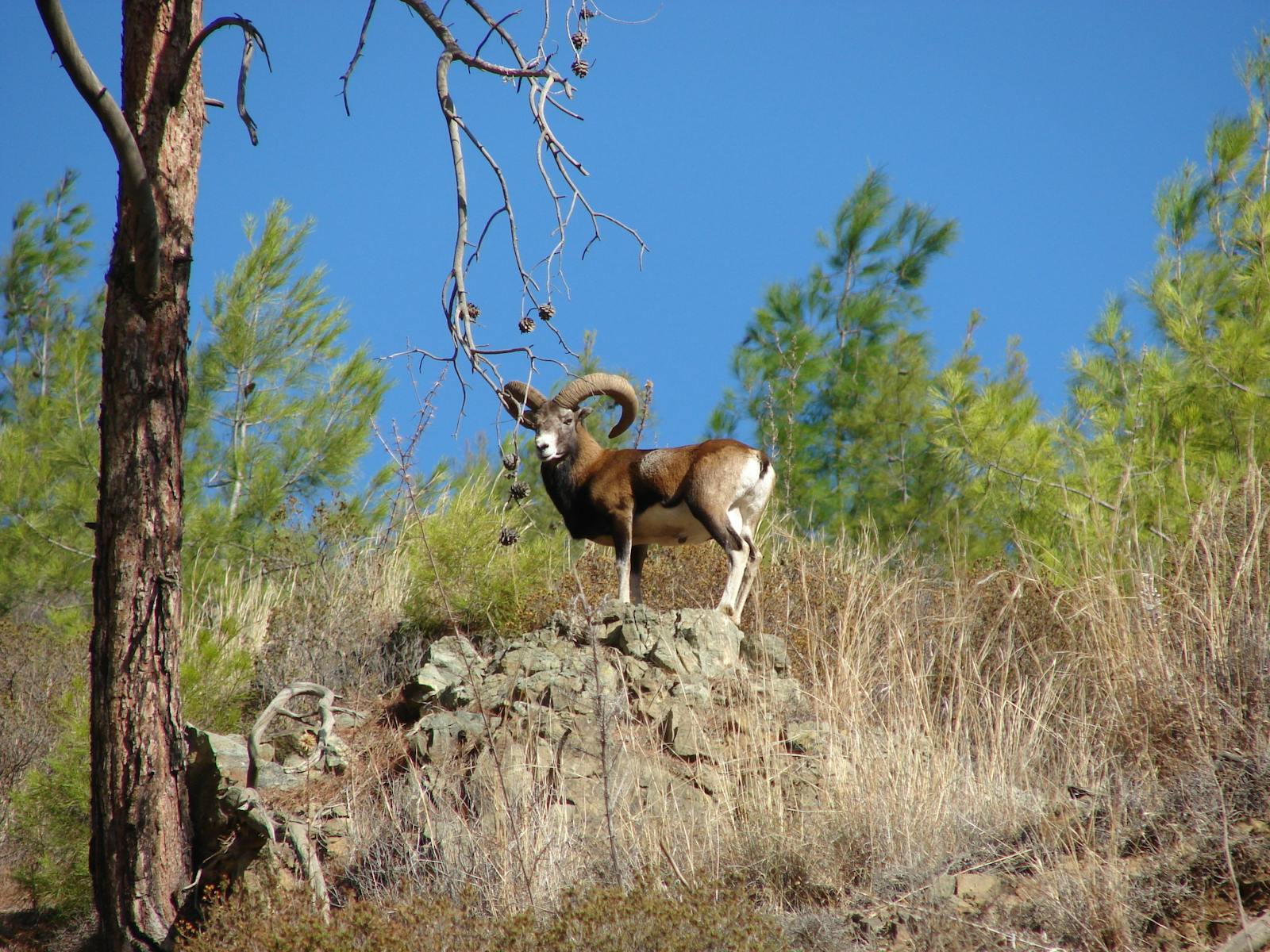
.png?auto=compress%2Cformat&w=300)

